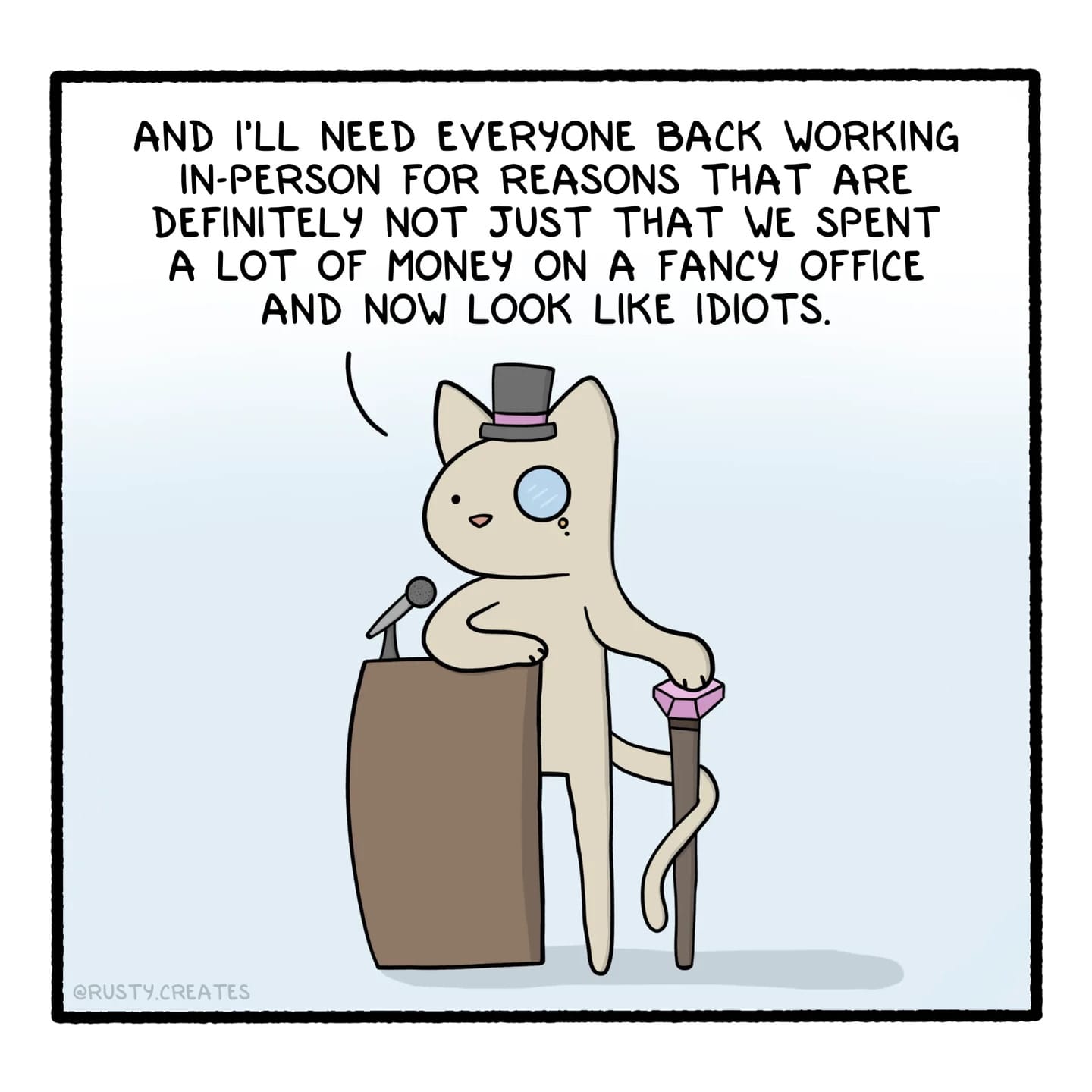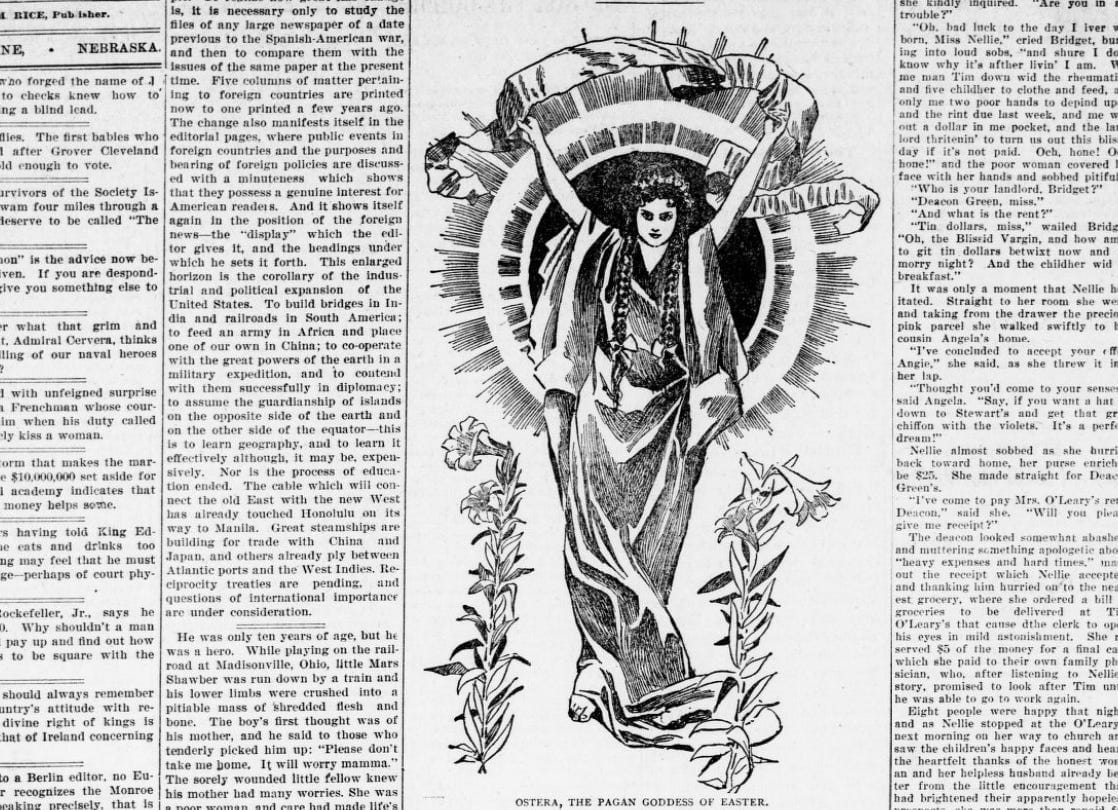Hello, world!
“The essence of time is flux, dissolution of the momentarily existent; and the essence of life is time.” So writes Joseph Campbell in The Hero with a Thousand Faces, and no truer statement could there be.
The immediacy of life lulls us away from the reality of our transient existence, our mere blip of life in the vast flow of the cosmos. We find ourselves drifting across a desert of meaning, swept this way and that, made ragged by the sandstorms of work and obligation. Where, then, do we find the time to settle? If time is the only true thing, and we are but a happy accident within it, why is it so hard to simply be?
This year, Katie and I have been focused on giving meaning to the passage of time through little observances. Brief touchstones with holidays that hold meaning for us, some ancient, some created from our own experience and sense of joy.
Tomorrow is Ostara, the Spring Equinox, which begins today and passes by the 23rd. The name itself is based solely on a reconstruction, attached only in the loosest forms to the ancient Germanic goddess Ēostre, who herself is a character with almost no existing evidence. Easter and Passover share this time, themselves mythologies that thread back into the pre-dawn of history. Whatever name we give to it, the passage of a season invokes a powerful gravitational pull over our psyche.
In our modern lives, we are surrounded by business, harried this way and that by capitalist obligations. We become detached from the cycles that bore our ancestors through the dark seasons and into the light of a new spring. And, when we lose that connection, we lose a piece of what makes us human. We allow ourselves to become pawns in a matrix that we had no say in creating… and yet too-frequently perpetuate without due care.
As I slowly recover from crippling back pain, something most 30-somethings do not have to suffer through, I’m reminded intimately of the nature of time. My time, I am thus reminded, is finite. Which means that I must learn to exist within each moment more fully, to take better advantage of the numinous now.
Part of that is finding ritual in the bigger cycles. Marking holidays, marking seasons. Part of it is sinking into the everyday, the way it feels to wash the dishes, the sound of rain falling in the yard. Even pain: just a reminder of the now.
Thank you for reading Halvorson Times. This post is public so feel free to share it.
The format for this week’s newsletter is different because my priorities this week have been in major flux. I’ve been focusing in taking care of myself, working on writing, and trying to fit in some very important side-projects. Then there’s the MLIS work, which is enjoyable but busy-making.
Yesterday, we went to see a seminar on bee keeping with some dear friends, and then had a nice gray-weather lunch. I loved feeling good enough to “bee” out and about, socializing. We’re wearing masks when we go out and about, so it’s strange being around so many who aren’t, but somewhere in the middle of all the craziness is a sort of balance. (Unless you’re the sort of person who doesn’t wear masks when you’re sick and coughing spluttery coughs… then you’re just an asshole. Wear a mask, sick people).
By now, y’all every-week readers know my stance on COVID-19, masking, and vaccines, I won’t reiterate it now, save to say: wearings masks is socially responsible, vaccines are generally a common good, and COVID-19 remains a serious problem even for people who have been vaccinated. The data suggests, after all, that neither vaccines nor prior infections are proof against gnarly side-effects of the disease. Plus, for someone like me with a poor immune system…
Ah, but there I go. Hello, soap box.

Halvorson Times is a reader-supported publication. To receive new posts and support my work, consider becoming a free or paid subscriber.
We’re in Daylight Savings Time now, which I’ve always found so very strange.
DST is simply another piece of make-believe, like property rights and the value of the dollar, that enough people collectively accept as real so as to bring it into existence. A type of collective psychosis or a mass exercise in Method acting. Benjamin Franklin, in a saterical essay, prescribed a mandatory form of early rising in order to save money.
Every morning, as soon as the sun rises, let all the bells in every church be set ringing; and if that is not sufficient?, let cannon be fired in every street, to wake the sluggards effectually, and make them open their eyes to see their true interest. (1784)
Societies throught the ages have manipulated the tracking of time, but this manipulation generally focused on the natural flow of time. It’s only since the end of the 1800s that our focus has been driven by the mechanistic function of an indentured workforce.
What I’m saying is, you wouldn’t care about DST if you didn’t work a 9-5.
Psychologists and doctors who study sleep patterns want DST to go away, because not following the natural ebb and flow of our major light source wreaks havoc with our bodies. Of course, they also want us to stop using cell phones before we go to bed, so what do they know, the silly buggers.
Yet, most Americans believe we should be rid of the custom once and for all, finally joining forces with the farmers in the early part of the 20th century who abhored the idea of DST. (Farms don’t run on pure imagination: cows don’t like being told that milking times have been arbitrarily changed by political machinations halfway around the world).
Isn’t it strange, then, that one of the most common myths that arose around DST was that it was implemented for the benefit of farmers? Hyper-reality, we welcome thee.
But, while people would see the change of time twice a year become a footnote in history, or societies are divided on how to go about this. Do we turn the clock back to natural time, linking it more closely to the flow of the Sun? Or, do we make our fiction permanent, creating more daylight hours at the end of the day after a grueling span of work, while leaving our mornings mired in artifical darkness?
Benjamin Franklin' would probably cackle if he knew that his satire would be so in-line with how we spend our days in modernity.
Yet, myths are all around us.
Think of the “sugar high", that ubiquitous piece of common knowledge so many parents swear by. Heck, some of us may even claim to have “felt” it after a big sugary treat. The only problem is, that’s not hown the body works: the sugar high is a myth.
For some people, high doses of sugar will lead to headaches and misery, but that’s a diabetic health condition. Sugar does lead to crashes, slumps of energy, but even these are more complex than we like to imagine.
I was thinking about this when I listened to the speaker at the bee-keeping seminar, however, when he pointed out that honey is metabolised differently than refined sugar, making it a healthier sweet option.
It turns out, this is true. While honey has more calories, the way it breaks down in our bodies is much better for our long term health, avoiding some of the consumption-to-fat pipeline that the Starbucks latte provides.
But it doesn’t matter if you give your kid honey or sugar, they’re going to be hyper either way (because they’re kids who have a treat, not because of the intrinsic effects of sweets).
Halvorson Times is a reader-supported publication. To receive new posts and support my work, consider becoming a free or paid subscriber.
Alright, that’s enough of my wild rambling for one day!
I do have an article for you:
Reading Between the Frames: 15 Books That Inspired Iconic Movies
Classic Adaptations: From “To Kill a Mockingbird” to “Crouching Tiger, Hidden Dragon”
I think you’ll find some gems in there to enjoy. As always, let me know in the comments if you have something you’d like me to research and write about.

Well, that’s it for this week! Remember to go easy… and if you can’t go easy, then go as easy as you can.
~Odin Halvorson

